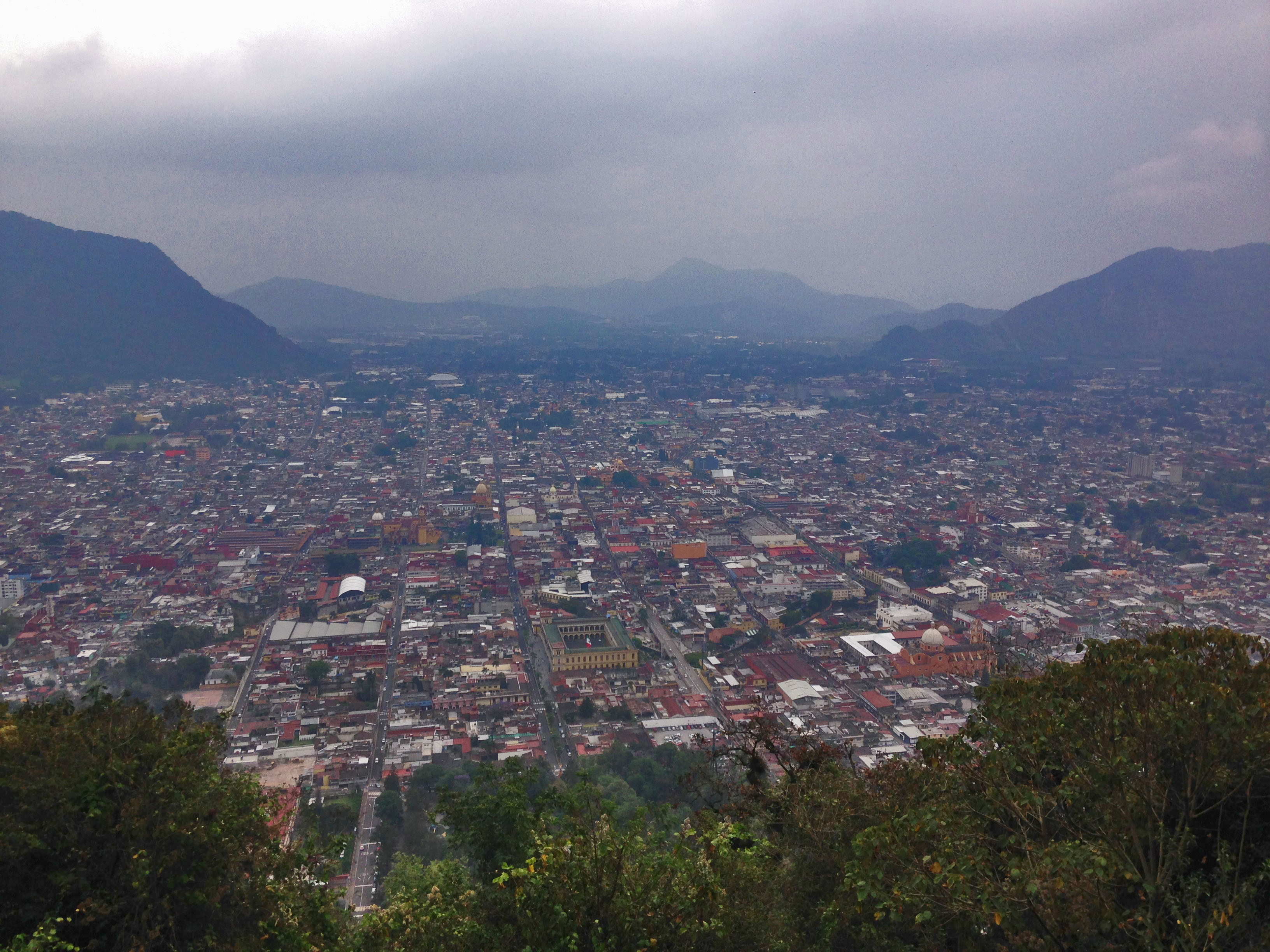For today’s Wednesday Who, we will be taking a look at Heriberto Jara Corona, whose name was adopted for Veracruz International Airport (VER) in Mexico.
This particular airport has a bit more meaning to me than other Wednesday Who posts. I used to fly to Veracruz to visit a friend, who coincidentally hails from Orizaba, a city neighboring the hometown of today’s subject.
Born on 10 July, 1879, in Nogales, Veracruz, Jara was one of the key jarocho (a person from the state of Veracruz) activists and leaders during the Mexican Revolution.

For a brief backgrounder on the start of the Mexican Revolution, Francisco Madero, a wealthy landowner who in 1910 wrote the Plan of San Luis Potosí, calling for sufragio efectivo, sin reelección (effective suffrage, without reelections), and for the ouster of the dictator Porfirio Díaz, in power since 1878. After another rigged election in 1910, Díaz was overthrown in 1911, and replaced with interim president Francisco León de la Barra, while negotiating the Treaty of Ciudad Juarez with Madero. Madero, who became president on 6 November, 1911, lacked political experience and was considered too optimistic and quixotic. Two years later, he was swept out of power by Victoriano Huerta, and assassinated along with his Vice-President José María Pino Suárez in 1913. For more on the Mexican Revolution, check out this page.
What does that info have to do with Jara? Jara supported Madero, and was consequently elected to Congress as representative of the textile manufacturing hub of Orizaba. Owing to his upbringing in the region and strong speaking ability, Jara was able to get a law passed that said textile workers need only work ten hours a day (as opposed to the expected 16 hours), and that they would all get a minimum salary. (link in Spanish).
After various jobs opposing Madero’s successor Huerta, Jara oversaw the 1914 withdrawal of the United States navy from its illegal occupation of the port city of Veracruz. The occupation happened in part, due to U.S. President Wilson thinking Huerta to be an immoral man.
Jara, who made a name for himself earning more rights for textile workers in Orizaba, was invited in 1916 by de facto Mexican President Venustiano Carranza to help scribe a new constitution for the country. The document, which was adopted in 1917, formalized among many other things, the separation between church and state, land reforms, basic human rights for all Mexicans, the right to compensation for workplace accidents, the right to form unions, and the right to have a worker’s strike.
After the groundbreaking Constitution of 1917, Jara wore many hats, being governor both the state of Tabasco and Veracruz, ambassador to Cuba, national senator, leader of the then-Mexican Revolution Party, member of the Soviet Union-backed World Council of Peace, and National Liberation Movement. He was awarded the Stalin Peace Prize in 1951, and the Belisario Domínguez Medal of Honor in 1959 for his contributions to the betterment of Mexico.

Heriberto Jara (Corona) died in Mexico City on 10 April, 1968 after a multitude of actions dedicated to serving his country.

Leave a Reply